Leatherback sea turtle (Dermochelys coriacea)
The largest turtle in the world
Leatherback sea turtles are the largest and heaviest turtles in the modern world. The largest specimen may weigh probably almost a ton. Unique, gigantic and endangered. Large front flippers allow them to easily bury the eggs in the seaside. Upon hatching the baby turtles are on their own, their flippers being the only aid in getting into the water.
Classification
- Kingdom: Animalia
- Class: Reptilia
- Order: Testudines
- Suborder: Cryptodira
- Clade: Americhelydia
- Family: Dermochelyidae
- Genus: Dermochelys
- Species: Dermochelys coriacea
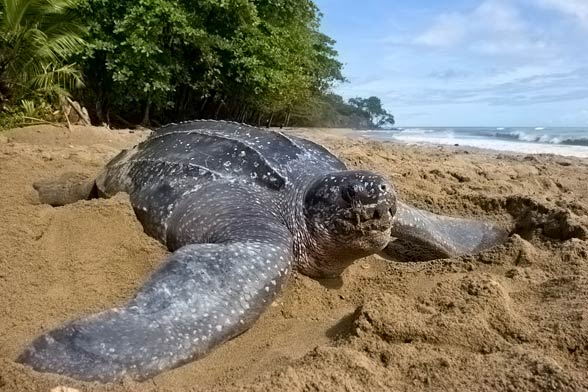
Range
Leatherback sea turtle is a cosmopolitan species – its range is global. It inhabits the largest area of the planet among all modern turtles. It reaches Alaska and Norway (Arctic Circle) in the north, swimming down to Cape of Good Hope (Africa) and southern parts of New Zealand. It inhabits all tropical and subtropical oceans.
There are three main genetically different leatherback sea turtle populations: in the Atlantic, East and West Pacific.
Threatened
According to the latest estimates, there are 26 000 – 43 000 nesting females worldwide, which is a dramatic decrease since the 80s, when the count oscillated around 115 000. A tangible population decrease encourages a more active fight for the species’ survival.

Atlantic subpopulation
It inhabits the region spreading from the North Sea to the Cape of Good Hope. As opposed to other turtles, it finds its feeding areas in colder waters, abundant with jellyfish, yet only several beaches on both sides of the Atlantic ensure appropriate nesting conditions.
It may be observed on the Atlantic coast of Canada, in the Gulf of St. Lawrence (Quebec province) and in Newfoundland and Labrador province. The most important nesting grounds are located in Surinam, Guyana, French Guyana (South America) on Trinidad and Tobago Island (Caribbean) and in Gabon (Central Africa).
The most popular nesting spot in Africa (and probably most popular in the world, too) are the beaches of Mayumba National Park in Gabon, which is visited by about 30 000 turtles between October and April.
The North West coast of South America is also a good region for pregnant females. Several specific beaches between Guyana and Surinam are main nesting spots for a few sea turtle species, but the leatherback sea turtles are the majority.
Several hundred nests are found on the east coast of Florida yearly. In Costa Rica, the babies are hatched on the Gandoca and Parismina beaches.
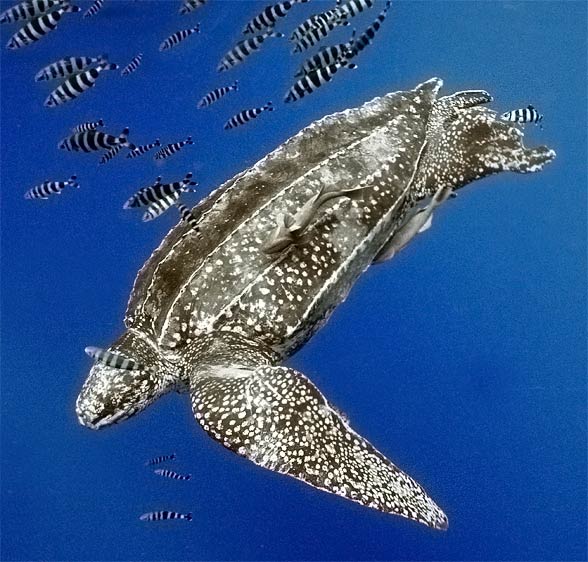
Pacific subpopulation
This subpopulation can be divided into 2 separate groups, one of which nests on the beaches of Papua and Salomon Islands, while they acquire food in the whole Pacific Ocean of the northern hemisphere along the shores of California, Oregon, and Washington.
The East Pacific turtles’ feeding areas are located in the southern hemisphere, in the coastal waters of west South America. They nest in Mexico, Panama, El Salvador, Nicaragua, and Costa Rica.
The continental United States offers two main feeding areas for the Pacific leatherback sea turtles: the North West coast in close proximity to the Columbia River estuary plus California. In the north (Pacific coasts of Canada), these reptiles often visit the beaches of British Columbia.
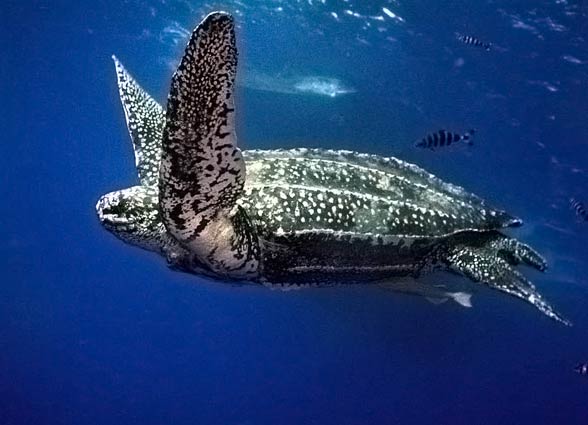
Characteristics
The body shape and physique makes the leatherback sea turtle best adapted to aquatic environment among all sea turtles. It looks very unusual for a turtle – it has a very streamlined shape and its large front flippers make it a dexterous swimmer.
Limbs
Apart from their size, the shape is essential – they are flattened and devoid of claws in order to adapt to the open ocean waters. Large turtles may have the ‘paddles’ even 2.7 m wide.
The species is singular for several features that allow distinguishing it from other sea turtles. The most unique characteristic is the lack of bony carapace.
Instead of hardy scutes, leatherback sea turtle has thick, leather plates, which have little osteoderms on the surface. There are several grooves along the whole back.
The leatherback sea turtle is therefore a phenomenon among reptiles, as in there is no beta-keratin in the modified carapace, which is an inseparable skin element for all reptiles.
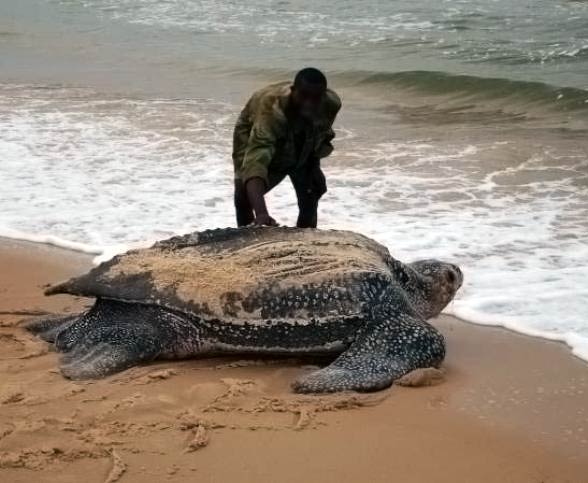
Coloration
The dorsal part of the body is dark gray or black, speckled with white spots. A lightly colored ventral area is a part of camouflage.
Lack of teeth
Leatherback sea turtle has a structure similar to a beak made of the upper lip instead of teeth. It has ‘spikes’ in the throat that are used to hold the prey while allowing swallowing. They are not used for chewing.
Size
An average carapace length for adult turtles ranges from 1 to 1.75 m (3.3–5.7 ft), the total body length being 1.83 to 2.2 m (6.0–7.2 ft). Its weight is also impressive – it reaches from 250 kg (550 lb) up to 700 kg (1540 lb). In the Caribbean these turtles reach 384 kg (847 lb) of weight and 1.55 (5.1 ft) of carapace length, while the largest turtle ever found was over 3 m long (10 ft) (total body length), 2.2 m (7.2 ft) of which was the carapace. The record holder’s weight was 916 kg. The animal was found on the west coast of Wales.
Baby turtles weigh ‘slightly less’ 🙂
Upon being hatched, the babies’ carapaces measure 61.3 mm on average, while the body weight oscillates around 46 g.
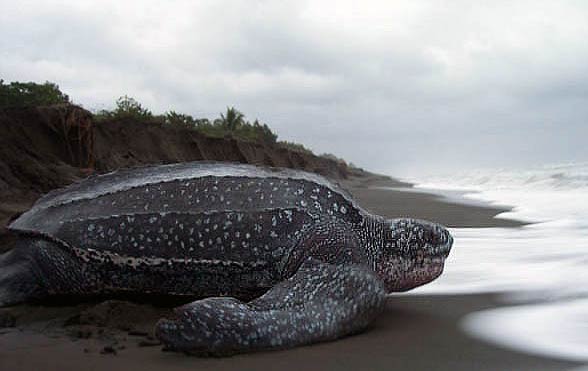
Adaptation to cold water habitats
Supposedly many anatomical features may be linked with the adaption to cold water habitats e.g. the brown adipose tissue (responsible for e.g. hibernation), which covers a large area on the turtle’s body or heat transfer between large flippers and torso, as well as a sophisticated ‘network’ of heat exchangers around a trachea.
Record-holding turtle – metabolism, dive depth, and speed
The uniqueness of leatherback sea turtle is also reflected by its ability to maintain high body temperature. Initial research on the matter has indicated that the resting metabolism is 3 times higher than among other similarly sized reptiles, however after another series of such experiments (this time considering the whole size range) it occurs that the pace of resting metabolism is within expected constraints.
How does it achieve that?
Supposedly, the animal is just very active. The observation of wild leatherbacks has shown that they allow themselves only 0.1% of their day to rest. Practically non-stop swimming helps in producing muscle heat and this combined with the heat exchange network and a thick fat cover allows the reptile to maintain a relatively high body temperature.
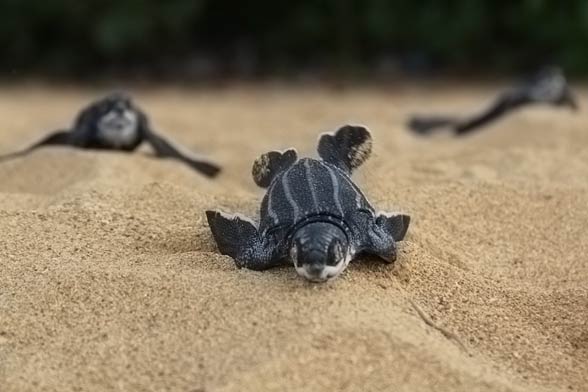
One of the deepest-diving aquatic animals
Leatherback sea turtle is among the deepest-diving marine animals – it may dive 1280 m below the water surface, being underwater for 3 – 8 minutes, rarely for 30 – 70 minutes.
The world’s fastest reptile
Interestingly, the leatherback is the fastest reptile in the world. A specimen swimming with a speed of 35.28 km/h made it to the Guinness World Records in 1992. Normally it swims as fast as 1.8 – 10.08 km/h.
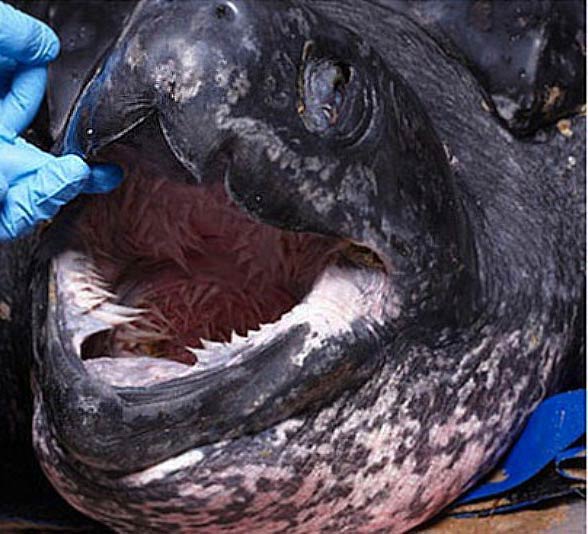
Diet and diet-related threats
Menu
Adult leatherbacks hunt almost exclusively for jellyfish, which also is a mean of balancing the non-polyps’ population. Apart from them, the turtles hunt for other non-skeletal animals: cephalopods and tunicates.
The Pacific turtles migrate about 9700 km between their nesting spots in Indonesia and feeding areas along the coast of California.
Litter as a threat to the turtles
One of the reasons for the species being endangered are the floating plastic bags that resemble jellyfish. Pacific leatherbacks are often fooled – as a result about 1/3 adult reptiles consume the litter.
Dangerous waste comes from the Western urbanized coasts, which are feeding grounds for the turtles. Every year in California itself, over 19 billion such bags are produced. Several turtle species consume artificial garbage every day, which clog the digestive tract leading to death.
Eating the man-made waste also leads to the prolonged maturing period, which may have a substantial impact on the future breeding process.
Unfortunately, due to dietary preferences, leatherbacks are prone to consuming the plastic ‘jellies’, especially in the San Francisco Bay and in Columbia River estuaries and Puget Sound.
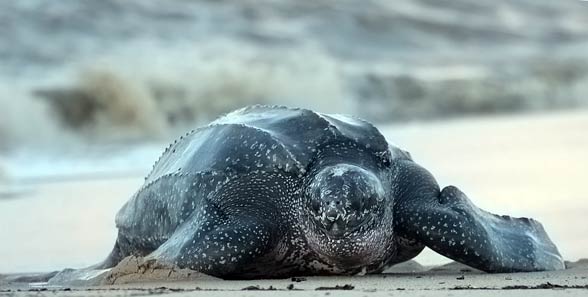
Natural enemies
From the moment of hatching (even inside the eggshell), the leatherback sea turtle must face many enemies. Unhatched babies may become prey to the Ocypode crab genus, monitors, raccoons, genets, coatimundis, dogs, coyotes, mongooses and Charadriiformes order birds. Many of those predators also hunt for newly hatched babies that try to reach the ocean.
Many birds of prey including frigate birds are dangerous. Even if the baby makes it to the water the threat is not automatically gone, as the cephalopods, requiem sharks and a lot of large fish await there.
Even though they lack a hard shell, adult turtles have fewer enemies than their offspring; they are most commonly attacked by killer whales, white sharks, and tiger sharks. The females nesting in the American tropical areas are easy prey for leopards.
In the water, the leatherback supposedly defends itself fiercely. Even a medium-sized turtle is capable of chasing a shark that tried to bite it. The fleeing reptile changes its attitude immediately, becoming the aggressor. Sometimes, in a shark-attack frenzy, the animal attacks human boats.
Adult turtles tend to migrate far to colder waters in order to acquire food or towards tropical areas to lay eggs. Atlantic females marked in French Guyana were observed in Morocco and Spain!
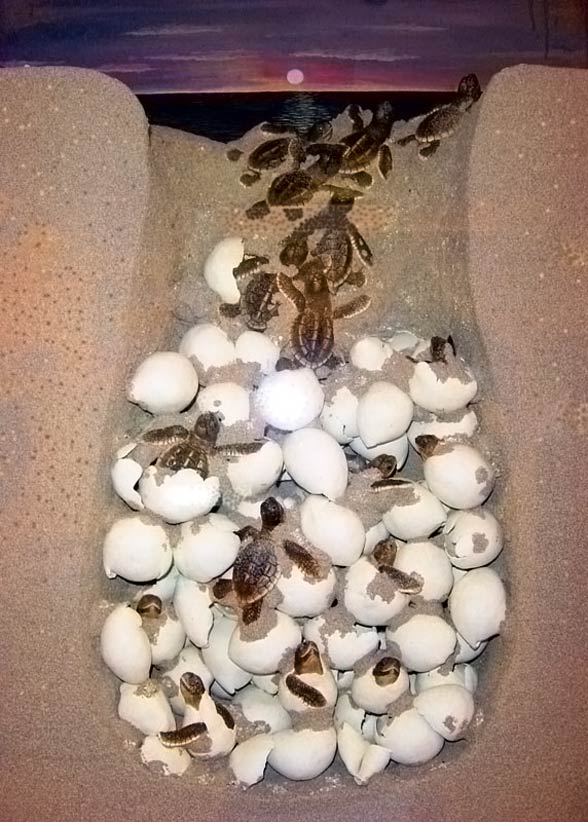
Breeding
The leatherback nesting season occurs between February and July in Costa Rica, in the east (French Guyana) between March and August. Atlantic population females lay eggs between February and July from South Carolina, through United States Virgin Islands, the Caribbean to Surinam and Guyana.
Mating
The mating takes place in the water. Males never crawl out on land, as opposed to females, which nest on the beaches. When partners meet, the female excretes pheromones which signalize fertility, which is followed by male head shakes, teasing, biting and touching the female’s flippers to check its sensitivity.
Laying eggs
Females lay eggs every 2-3 years, but they may reproduce yearly. The insemination is internal, many males copulate with one partner; still, polyandry does not grant any profits to the offspring.
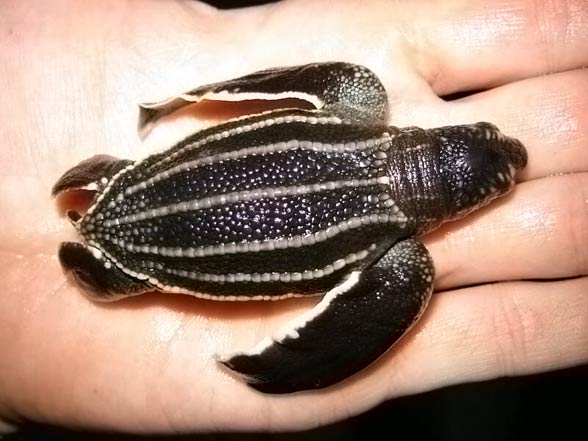
Hatching spots – nesting
Many sea turtles often come back to the same hatching spot, but the leatherback sea turtle may change its nesting areas. Beaches covered with soft sand seem to be the most appropriate, as in other environments the soft shell and plastron (ventral part of the carapace) may be damaged upon contact with hard rocks.
The eggs are laid at night when the number of active predators is the smallest. As the species spends most of its life in the ocean, its eyes are adapted to night vision. A typical nesting area is adjacent to a forested part of the beach. The contrast between a dark forest and bright sand best visible during a full or almost full moon helps the females to reach the hatching spots. After laying eggs, a female buries them underground to hide from predators.
The nest is dug with its powerful front flippers. A single female may carry out even nine hatches in a single breeding season, every one counting 110 eggs on average, about 85% of which is impregnated.
The fetuses are very vulnerable to any movement, which is one of the reasons for the high mortality rate among leatherback sea turtles. Incubation lasts for 60 – 70 days and the offspring gender is determined by the ambient temperature. After hatching, the baby turtles instinctively crawl towards the ocean.
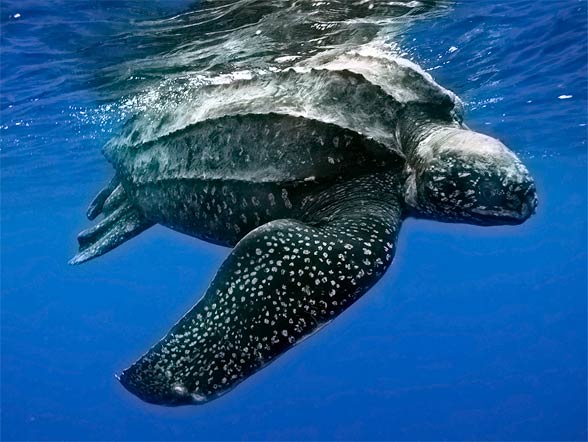
Detailed characteristic / size
Leatherback sea turtle (Dermochelys coriacea)
- Total length: 1.83–2.2 m (6.0–7.2 ft), max. 256.5 cm (8.42 ft)
- Carapace length: 1 – 1.75 m (3.3–5.7 ft)
- Front flippers: to 2.7 m (8.9 ft)
- Weight: 250 – 700 kg (550 to 1,540 lb); 384 kg (847 lb) on average; max. 916 kg (2,019 lb)
- Lifespan: unclear, yet estimated between 30 and over 50 years
- Baby turtles after hatching: 6.13 cm (2.41 in) of length and 46 g (1.6 oz) of weight on average
- Eggs: 5 – 6.5 cm (2 – 2.5 in) in diameter, weight: 70 – 90 g
- Maximum speed in water: 35.28 km/h (21.92 mph), average swim speed: 1.80–10.08 km/h (1.12–6.26 mph)
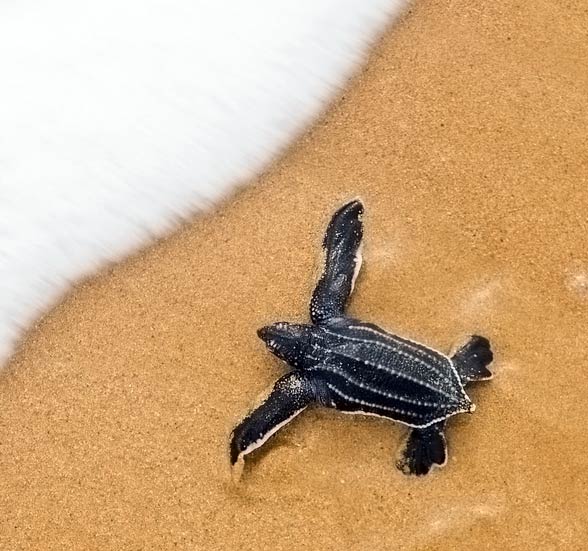
Leatherback sea turtle – interesting facts
- Leatherback sea turtle is the largest turtle in the world.
- This species has the widest range among all living reptiles and even vertebrates.
- Leatherback sea turtle has the largest front flippers in comparison to the body size among modern sea turtles.
- It is the 4th largest modern reptile (second to 3 crocodile species)
- Baby turtles spend more time in tropical waters than adults.
- In Malaysia, there was a large separate population of leatherback sea turtle, yet today it is almost wiped out due to excessive hunting. Once the largest nesting spot in the world – Rantau Abang beach (Malaysian Terengganu state) – was literally packed with its nests (about 10 000 nests). Today it is just a reminiscence, for the turtle eggs became a Malaysian delight.
- In the Caribbean, some tribes consider leatherback eggs an aphrodisiac.
- WWF (World Wide Fund for Nature) estimates suggest that only 2300 females still lives in the Pacific Ocean, which makes the whole species critically endangered.
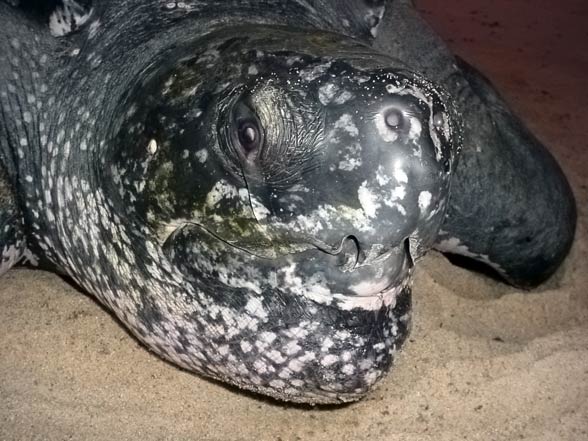





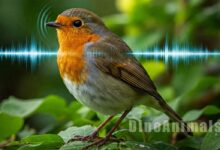




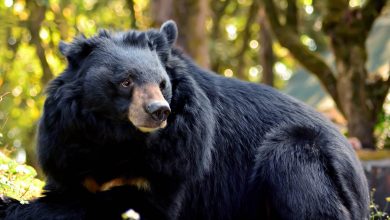
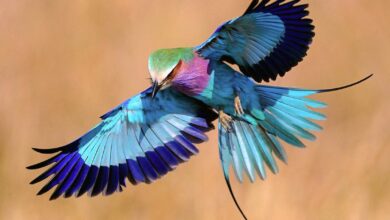
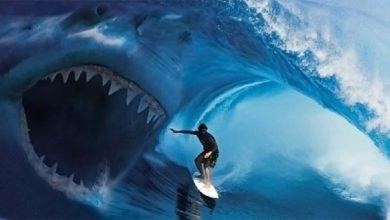
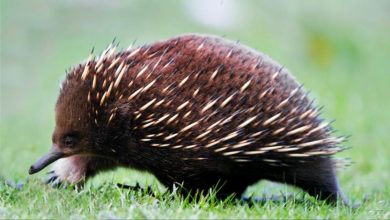
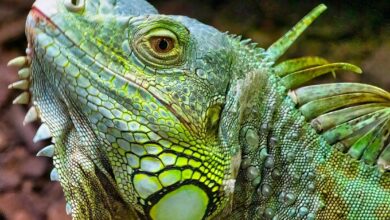

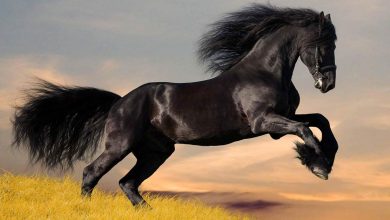

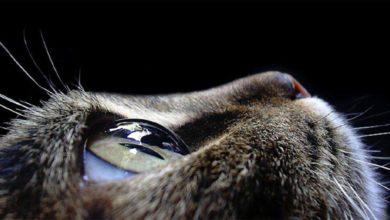
It’s interesting to know that leatherback turtles are the fastest reptiles in the world with a speed of 35.28 km/h. I would love to see one in person, so I hope to find a reptile park that I can visit by next year. It would be a nice way to celebrate the birthday of my son as well by going to one while he learns the life of reptiles for the first time.